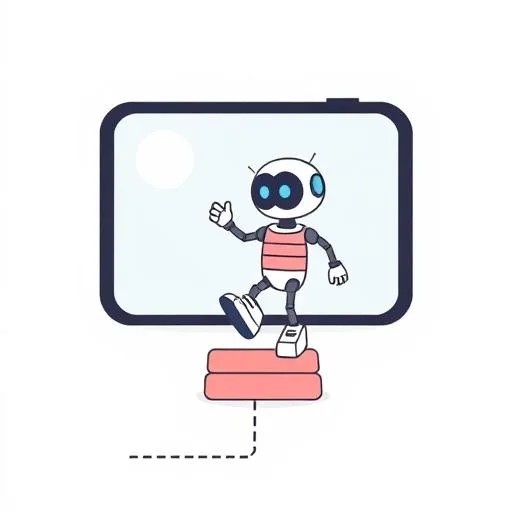
Ever watch your kiddo stack blocks, only to see her invent a whole new game from sheer imagination? That spark—the ‘what if’ moment—is exactly what’s buzzing in the world of chip design right now, with companies like SiFive pushing RISC-V cores into AI accelerators. It’s not just about faster phones or smarter gadgets; it’s about how these tiny tech leaps could quietly shape the creative tools our kids use tomorrow.
What’s SiFive Up To? Cramming Cores and Unleashing Possibilities

SiFive isn’t just tweaking old ideas—they’re packing RISC-V cores into everything from robotics sensors to AI accelerators, like those in Google’s Tensor Processing Units. Think of it like adding more chefs to a kitchen: more cores mean more brainpower to handle complex tasks, whether it’s crunching data for self-driving cars or powering immersive educational apps. Their latest designs, like the XM Series, even let accelerators tap directly into CPU registers, making everything smoother and faster. It’s like a silent upgrade humming inside our devices. But here’s the fun part for us parents: how might this tech trickle down to the apps and tools our kids use daily?
Why This Matters for Our Little Explorers

When SiFive talks about scaling up to 256 cores or boosting memory bandwidth, it’s easy to glaze over—but hang on! This isn’t just tech jargon; it’s about creating devices that can keep up with a child’s boundless curiosity. Imagine interactive storybooks that adapt in real-time to your kid’s questions, or robotics kits that respond instantly to their commands. With RISC-V’s open architecture fostering competition, we might see more affordable, creative tools that make learning feel like play. It’s like giving kids a bigger sandbox to build in—one where their ideas aren’t limited by slow tech.
Balancing Screens and Sparks: Keeping Tech Playful

Sure, faster chips could mean more screen time, but what if we flip the script? SiFive’s work hints at a future where tech enhances hands-on exploration instead of replacing it. Picture this: your child designs a virtual robot on a tablet, and thanks to powerful edge AI chips, a physical toy brings it to life instantly. It’s not about passive consumption; it’s about active creation. The key? Choosing tools that prioritize engagement over distraction. Look for apps that encourage coding, art, or problem-solving—anything that lets kids be the architects of their fun.
Nurturing Tomorrow’s Innovators: Tips for Curious Minds

You don’t need a degree in chip design to foster innovation at home! Start with simple, screen-free activities that mirror the creativity behind tech like SiFive’s. Build a fort with blankets and pillows, and challenge your kiddo to ‘program’ it with silly rules—’if you crawl inside, you must tell a joke!’ It’s a low-tech way to teach logic and imagination. For screen time, seek out apps that let kids tinker safely, like digital LEGO builders or music creators. The goal? Helping them see tech as a canvas, not just a consumption device.
The Big Picture: Hope, Heart, and Hardware

At its core, SiFive’s push with RISC-V is about opening doors—making advanced tech more accessible and adaptable. That’s a hopeful thought for parents navigating a digital world. Instead of fearing AI or chips, we can focus on raising kids who are curious, kind, and critical thinkers. Whether it’s through family game nights that blend analog and digital play or chats about how gadgets work, we’re planting seeds for a future where tech serves humanity, not the other way around. And honestly? That’s a future worth getting excited about.
As highlighted in a recent report from The Register, these advancements are shaping up fast: Chip designer SiFive aims to cram more RISC-V cores into AI chips.
